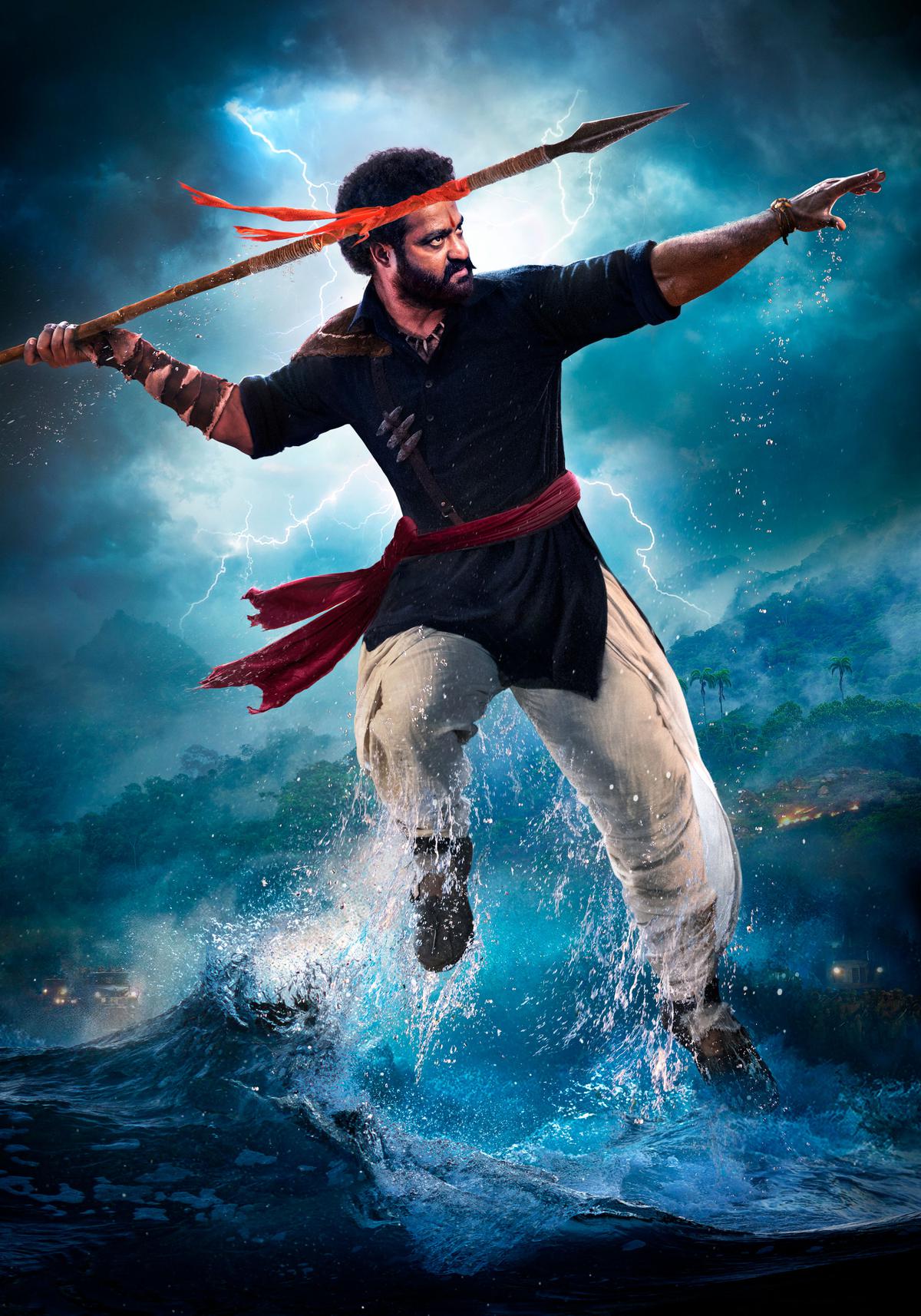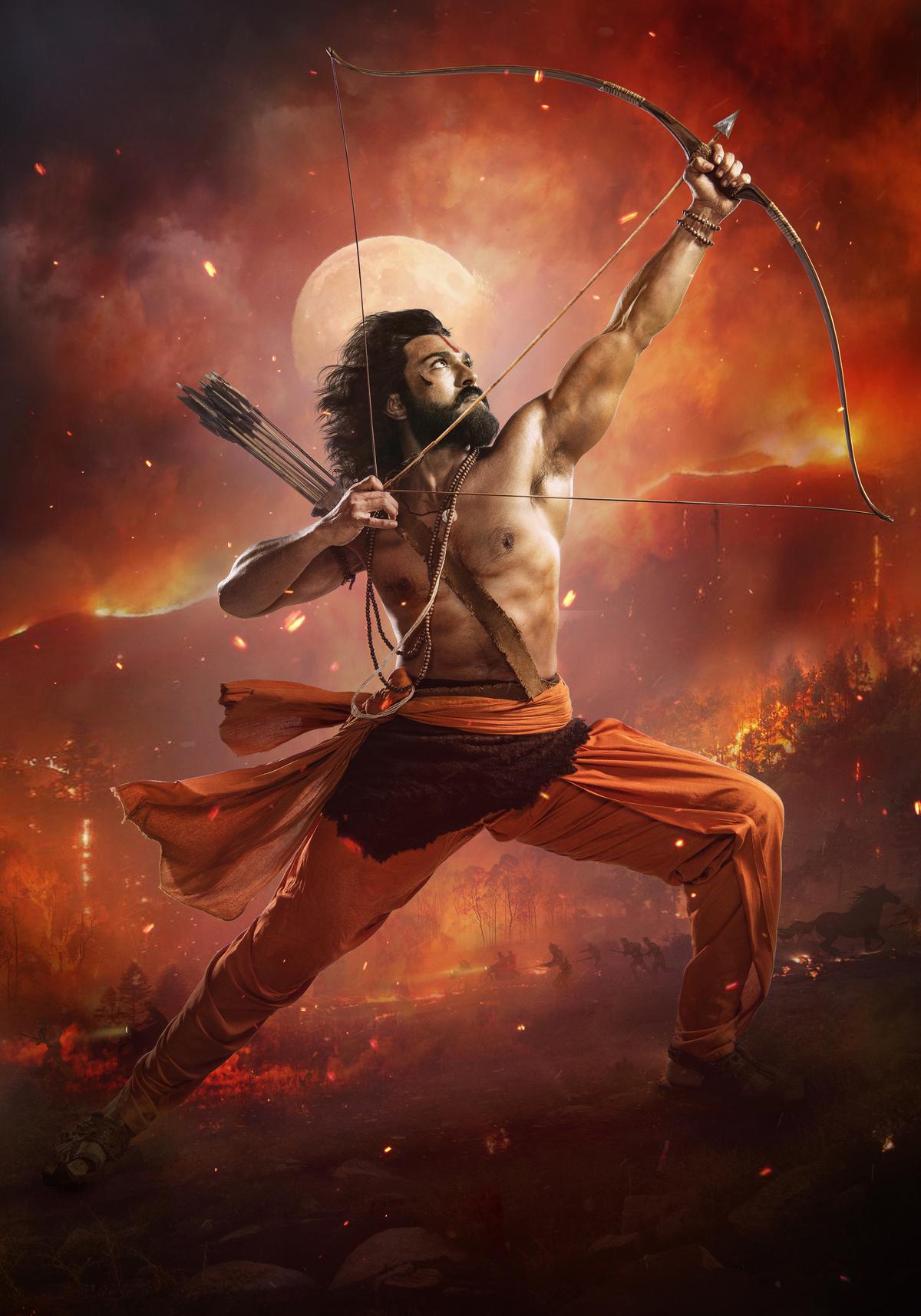V Srinivas Mohan, visual effects supervisor of ‘RRR’ opens up on key sequences of the film
V Srinivas Mohan, the visual effects supervisor of ‘RRR’, opens up on key sequences of the film
V Srinivas Mohan, the visual effects supervisor of ‘RRR’, opens up on key sequences of the film
Visual effects supervisor V Srinivas Mohan rates his work for SS Rajamouli’s RRR starring Ram Charan and NTR among his most satisfying projects. Mohan has bagged the National Award for Best Special Effects four times — for the Tamil films Magic Magic, Sivaji, Enthiran and the Telugu film Baahubali – The Beginning. Each of these projects, he says, came with its challenges, given the budget and technical expertise available at the time.
Baahubali – The Beginning was designed to be a visual spectacle, but Rajamouli’s brief to Mohan for RRR was different: “He told me that it is an emotional drama centred on the characters played by NTR and Ram Charan and that the visual effects should enhance the storytelling without overshadowing it.”
However, the task was not simple. The visual effects team, Sabu Cyril’s production design department and cinematographer K K Senthil Kumar were involved in pre-production work for more than seven months. “I liaised with 18 VFX studios and the film had nearly 2800 VFX shots, many of which may not be spotted by viewers. When the VFX does not distract viewers from the drama unfolding on screen, it is a win,” says Mohan.

V Srinivas Mohan, visual effects supervisor
| Photo Credit: SPECIAL ARRANGEMENT
Decoding a few sequences:
Animal instinct
The action sequences involving animals — tiger, bear, wolves and antelopes — called for extensive pre-visualisation. “When we show NTR taking on a CGI (computer-generated imagery) tiger, the animal has to look realistic to make the audiences believe that a struggle is on. Going back and forth to get the correct look was challenging,” says Mohan.
Creating a tiger that looked realistic was one part of the job. The next was to film the action sequence with the actor and an empty space where the tiger will be placed in the post-production stage. The tiger’s speed and movement were calibrated; the camera moves accordingly and the actor emotes on cue.
“The sequence was first designed in 3D on the computer. We then used a Ncam (which aids virtual production through real-time camera tracking) on location. With the help of IIT-Madras students, an LED light strip was created and programmed to move similar to the tiger’s head. When this LED strip is used on location, it gives the actor a good idea of how and when to move and react to an imaginary animal,” Mohan explains.
Radio-controlled cars were employed to replicate the movements of animals that ran amock in a gathering in the pre-interval truck sequence. The cars were operated at specific speeds, their movements were marked and the actors were choreographed to move accordingly. “All this was done keeping in mind that when the CGI animals are placed later in post-production, the episode should look realistic. If the actors appear to be moving aimlessly in the background, it will spoil all the effort.”
“Overall, the animation took six months and the LED programming took a month. We worked on nearly 50 animal VFX shots,” says Mohan.
The elements

NTR as Komaram Bheem
| Photo Credit: SPECIAL ARRANGEMENT
The bridge episode that marks the coming together of Ram Charan who is personified as fire and NTR who is personified as water, discloses Mohan, “was 90% visual effects.” “Rajamouli’s son Karthikeya’s friend has a patch of land in Gachibowli, Hyderabad, where some of the scenes were filmed — the public flogging of Bheem (NTR) in the T-junction where thousands of people gather, for example. For the bridge scene, we used a narrow road, a pond and two pillars available in the area. The train was a large miniature. The rest of it was done on VFX.”
Ram’s transformation
Several sequences play up the fire and water attributes of the characters of the protagonists. One of the scenes that show NTR amid swaying water pipes was the handiwork of Sabu Cyril’s production team. “They spent two months analysing the speeds and pressure gauges of the water pipes. But the fire scenes were done using visual effects,” says Mohan.

Ram Charan as Alluri Sitarama Raju
| Photo Credit: SPECIAL ARRANGEMENT
Among them, the one that has drawn a lot of appreciation is the transformation of Ram Charan’s character (Alluri Sitarama Raju), almost alluding to the mythical avatar of Ram. “MM Keeravani’s background score was rousing with chants of Ram and Bheem. We had to scale up the visuals to match that intensity. I could not sleep for four nights wondering how we will make it work,” laughs Mohan.
Mohan decided that the episode had to be larger-than-life and defy logic instead of striving to be realistic. “I worked with Makuta studio in Hyderabad for this. A dialogue also mentions ‘Lanka dahanam’ (burning of Lanka), so we had to enhance the fire. Makuta, MPC, ReDefine, Surpreez, Firefly Creative Studio, and Digital Domain were the main VFX studios for this film,” adds Mohan, who watched the film 12 times to check the quality in different formats before release.
Memorable journey
Since the mid-1990s, Mohan has worked as a digital compositor and VFX supervisor for several Tamil films, particularly those directed by Shankar.
He is also on board for Shankar’s next film starring Ram Charan. But before that, he will be taking a break to upskill himself in the nuances of virtual production, an emerging scenario in filmmaking.
Given his technical know-how, it comes as a surprise when he discloses that he dropped out of school in Class XI. Growing up in Vijayawada, he opted out of school due to financial constraints after his father passed. “I then lost my mother when I was 20. I worked as a lorry cleaner and electrician,” he recalls.
A friend helped him financially to learn computer programming and animation. He later took up an animation job in Chennai and worked on marriage videos, before meeting RC Kamalakannan (visual effects supervisor for Baahubali 2 and other films) and began working for films.
In 2019, he was invited to be a member of the Academy of Motion Picture Arts and Sciences: “This recognition has helped me watch more international cinema and observe how different countries use the visual medium,” he says.
For all the latest Entertainment News Click Here
For the latest news and updates, follow us on Google News.
